Tai Ping Shan and the backstreets of old Hong Kong
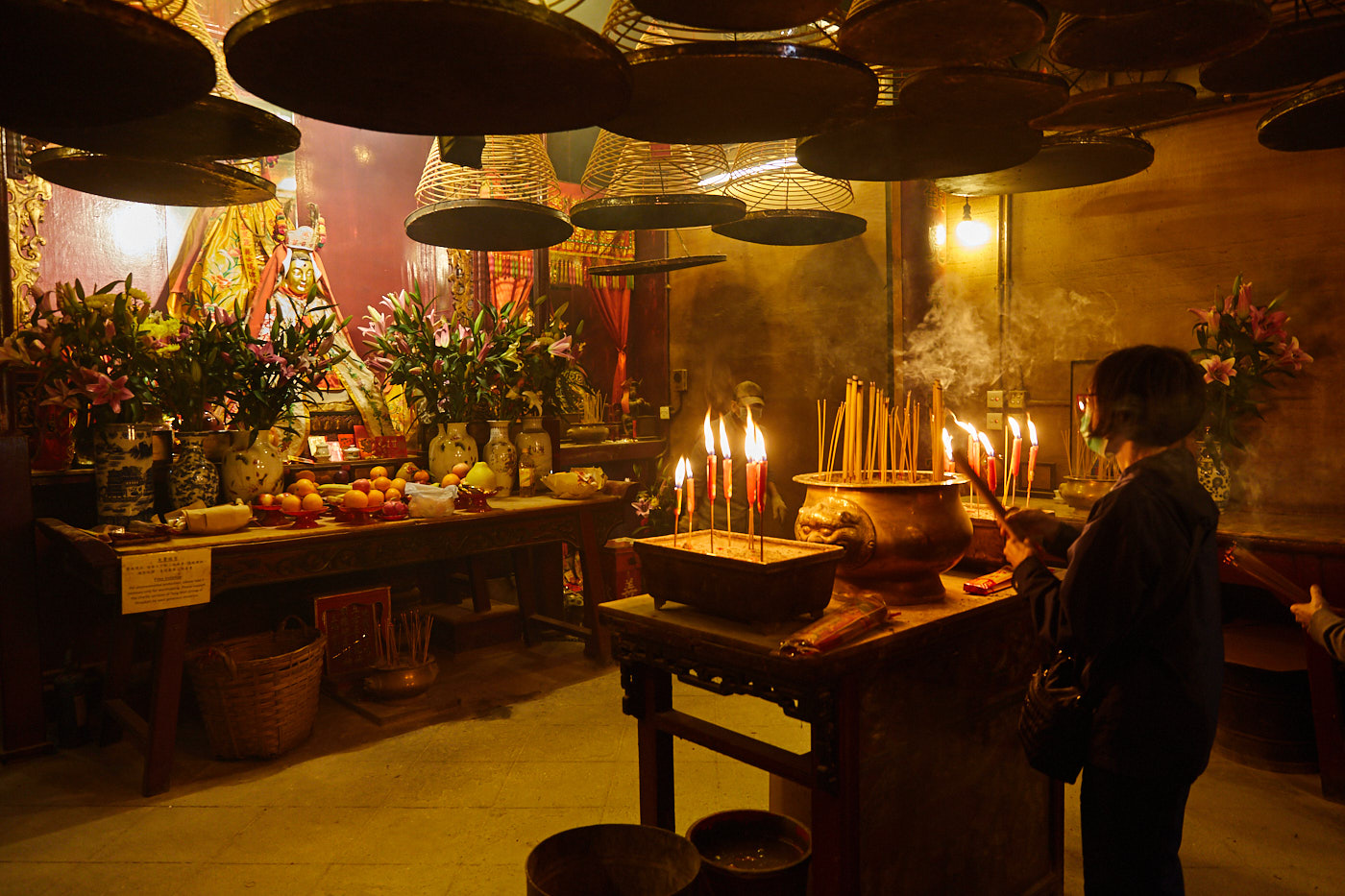
Tai Ping Shan and the backstreets of old Hong Kong
On the morning of January 25, 1841, Captain Belcher and the crew of HMS Sulphur came ashore on Hong Kong Island. They pitched their tents on an elevated patch of flat ground, cracked open a bottle and hoisted a glass of something nice to the health of Her Majesty Queen Victoria. It wasn’t until the next day that Commodore Sir J. G. Bremer and the rest of the squadron arrived, hoisted the British flag and formally took possession of Hong Kong.
At that point, the territory was little more than a fishing village with a population of 7,450. The camp was named Possession Point and a road that was built from up from the shore became Possession Street.
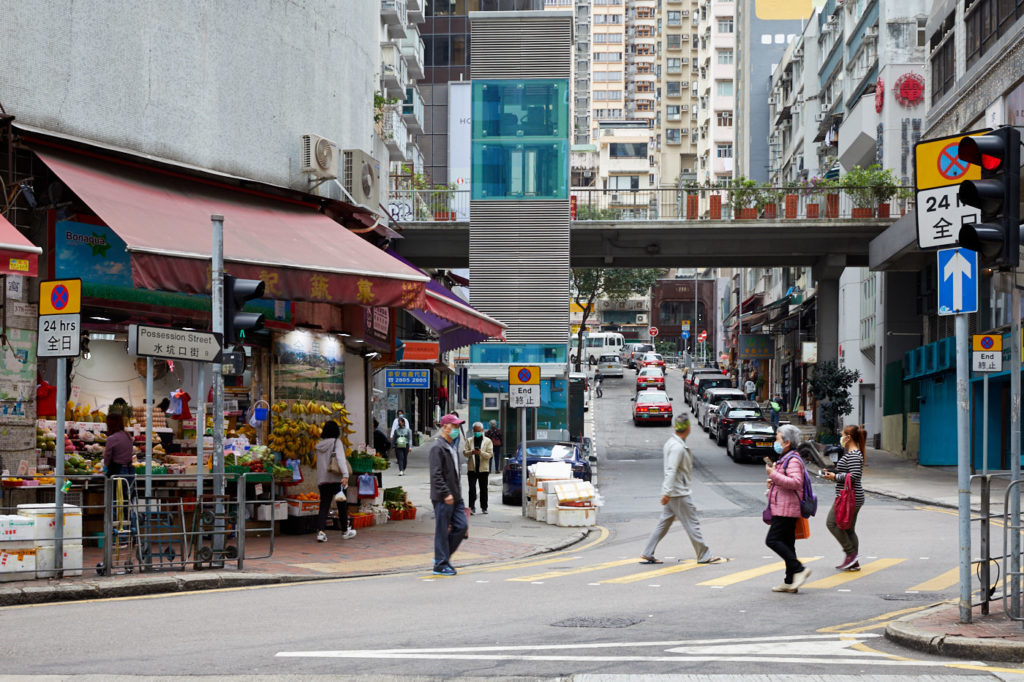
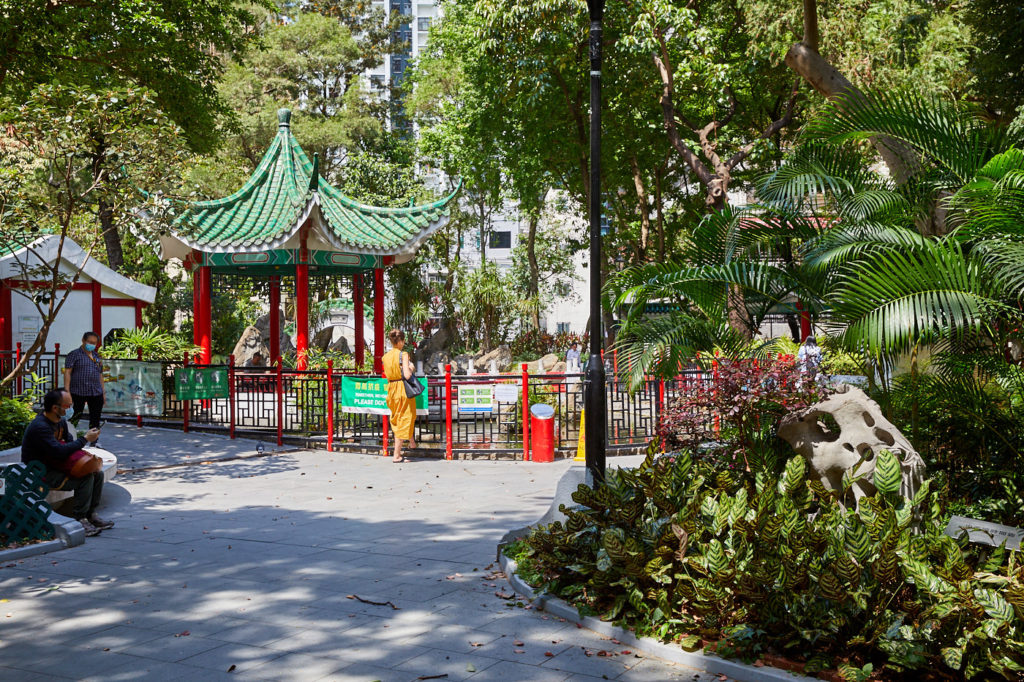
Possession Street (left) and Possession Point which is now an ornamental garden called Hollywood Road Park.
There is nothing about either place that betrays their historical significance. Thanks to subsequent land reclamation Possession Street is now about half a kilometre from the shore. A sharp kink in Queen’s Road, just to the west of Possession Street, identifies the original waterfront. The camp is now an ornamental garden with pavilions, fish ponds and a children’s playground. It is now called Hollywood Road Park.
More Hong Kong Features: Salt, Fish and the Battle of Tai O Bay Exploring the waterways of Tai Tam
But it does serve as a good entrance to the Tai Ping Shan area. This is the city’s oldest neighbourhood and one of the few areas left where you can still find traces of old Hong Kong.
I lived just up the road from here when I first came to Hong Kong. The rents were quite reasonable in those days on account of the area’s dreadful feng shui. Just across the road from my flat was the Tung Wah Hospital. Opened on February 14, 1872, it was the first public hospital in Hong Kong and is now listed as a grade 1 historic building.
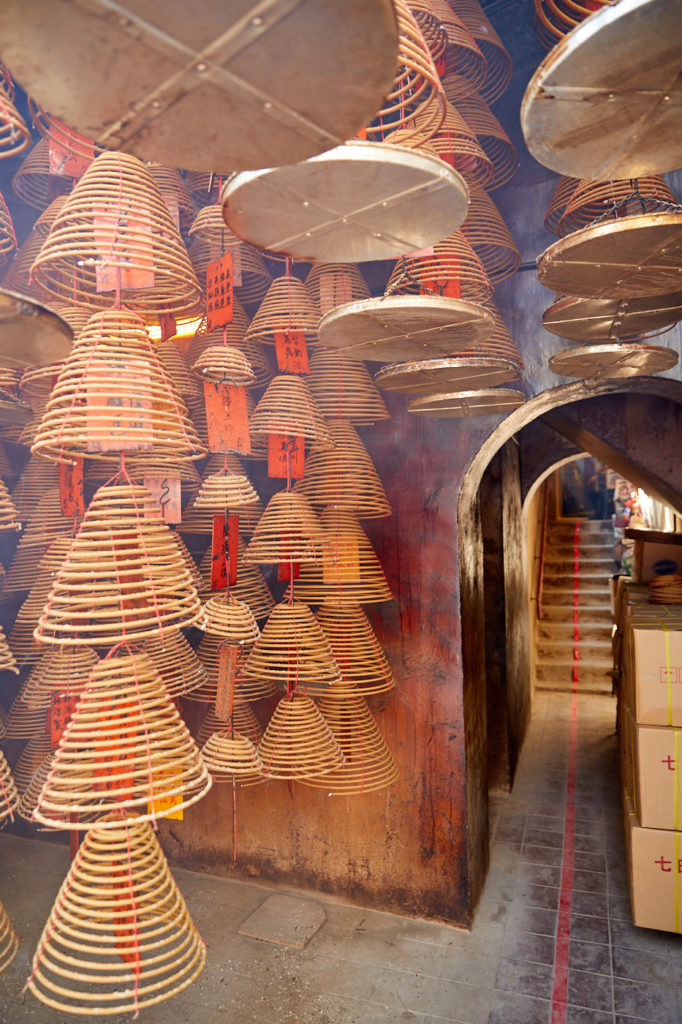
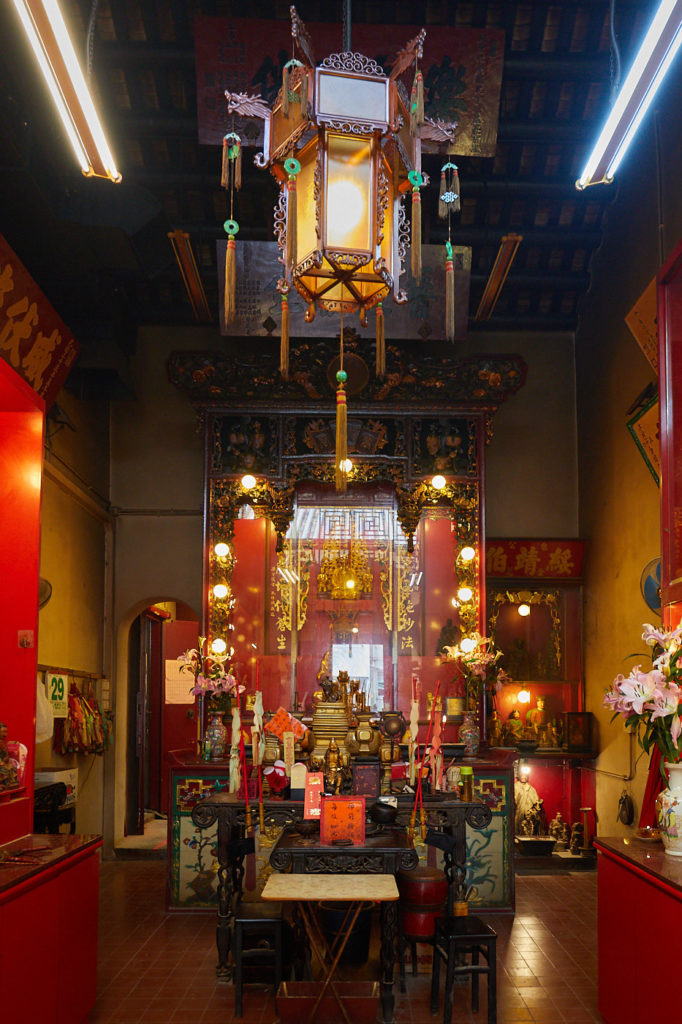
Interior of the Pak Shing Temple and Kwong Fook I-tsz ancestral hall.
The incentive to build the facility came when the acting Secretariat for Chinese Affairs, Alfred Lister, along with a pack of journalists, found out about the appalling conditions at Kwong Fook I-tsz, a small temple and ancestral hall on Tai Ping Shan Street, where the sick and homeless congregated amidst the corpses of those that had already departed.
Kwong Fook I-tsz still stands though it is more often marked on maps as Pak Shing Temple. It is dedicated to Ksitigarbha Bodhisattva, the King of the Dead. Back in those early days of Hong Kong, many labourers came from China to find work. Those who died here had no relatives to claim them and, according to local beliefs, were in danger of becoming hungry ghosts. In 1856 a group of merchants and residents solved the problem by establishing it as a place where the ancestral tablets of wandering souls could be placed. Since it also dispensed free Chinese medical services it became a magnet for the sick and the homeless.
The management of Kwong Fook I-tsz was taken over by the Tung Wah Hospital in 1872. Today it is an imposing sight seemingly caged in and perched atop a block of red-painted concrete. Dozens of incense coils burn by the steps that lead up to the main floor. Behind the altar is a room where the ancestral tablets are still kept. The neighbourhood has gentrified considerably over the last twenty years or so but there are still a number of undertakers in the area.
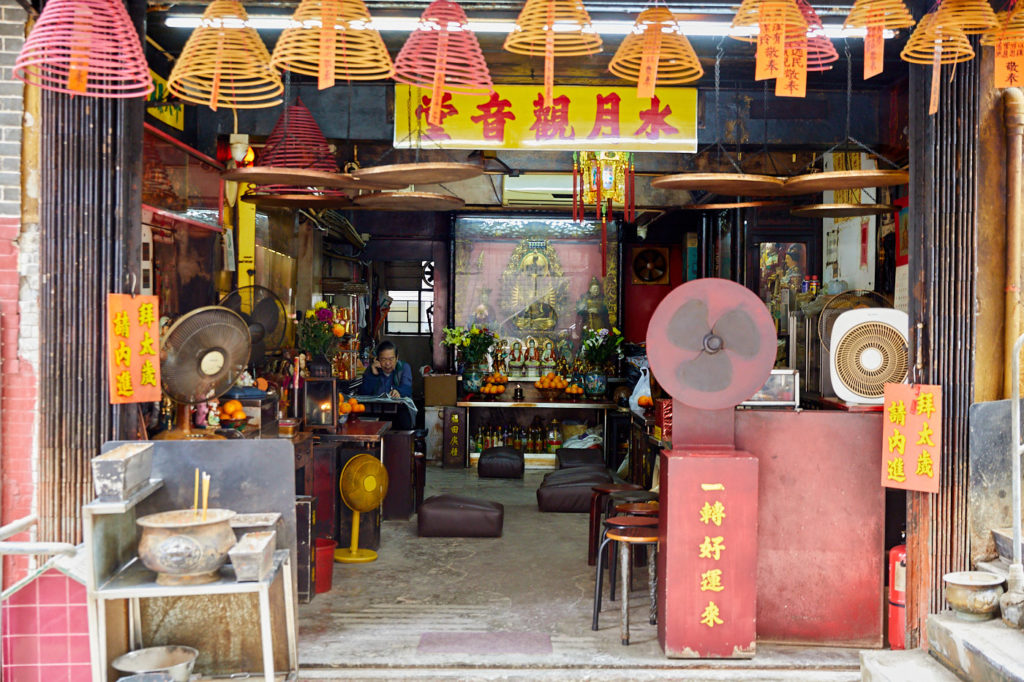
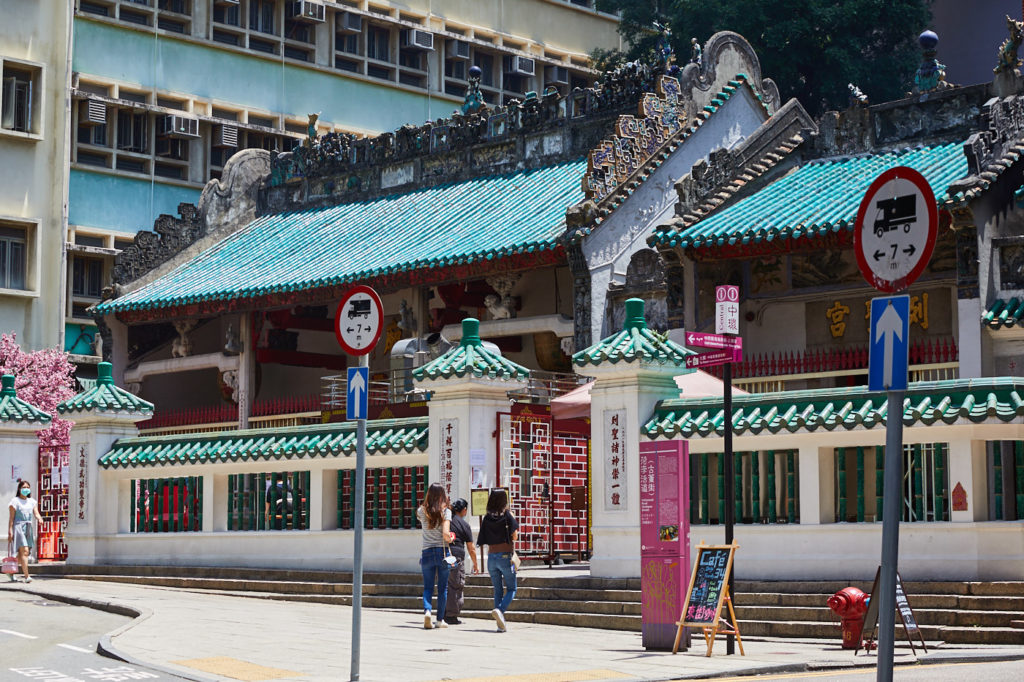
Shui Yuet Temple, dedicated to the goddess Kwun Yum (left). Man Mo Temple on Hollywood Road (main picture and right).
Up the steps on Tai Ping Shan Street are two more curious little temples. Both honour Kwun Yum, the Goddess of Mercy. The first, half-way up the steps on the left is Shui Yuet Temple which is dedicated to her as a bodhisattva shui and yuet mean water and moon respectively which represent tranquillity and transcendence from materialism. At the top of the steps on the right is the Kwun Yum temple. Above the entrance is an elegant choi mun, an intricate boat-shaped carving said to bring luck.
The Man Mo temple, back down on Hollywood Road, is the best known in the area. Built in 1847 this grade I historic building is dedicated to the gods of literature (Man) and of War (Mo) both of whom were worshipped by students looking to get a leg up in the civil examinations of Imperial China.
The thick clouds of incense testify that it is still a popular temple to this day as worshippers and sightseers mingle in the dim light. The complex has three main areas. Lit Shing Kung, to the left of the main room, is for the honouring of all heavenly gods. The Kung Sor on the right is an assembly hall where community affairs and disputes were discussed.
Ladder Street
Just to the right of Man Mo Temple is a flight of granite steps that starts on Queen’s Road and climbs 373 steps up the hill up to Caine Road. The staircase was built sometime in the 1840s and is now boasts grade one historic status. Although this one is actually called Ladder Street it is only one of many ladder streets that dot the Sheung Wan area. A random wander around the backstreets between there and Possession Street will reveal any number of other secret staircases and photogenic old walls, often with the roots of banyan trees clinging to them.

Despite the hectic pace of development some of Sheung Wan’s backstreets remain very atmospheric.
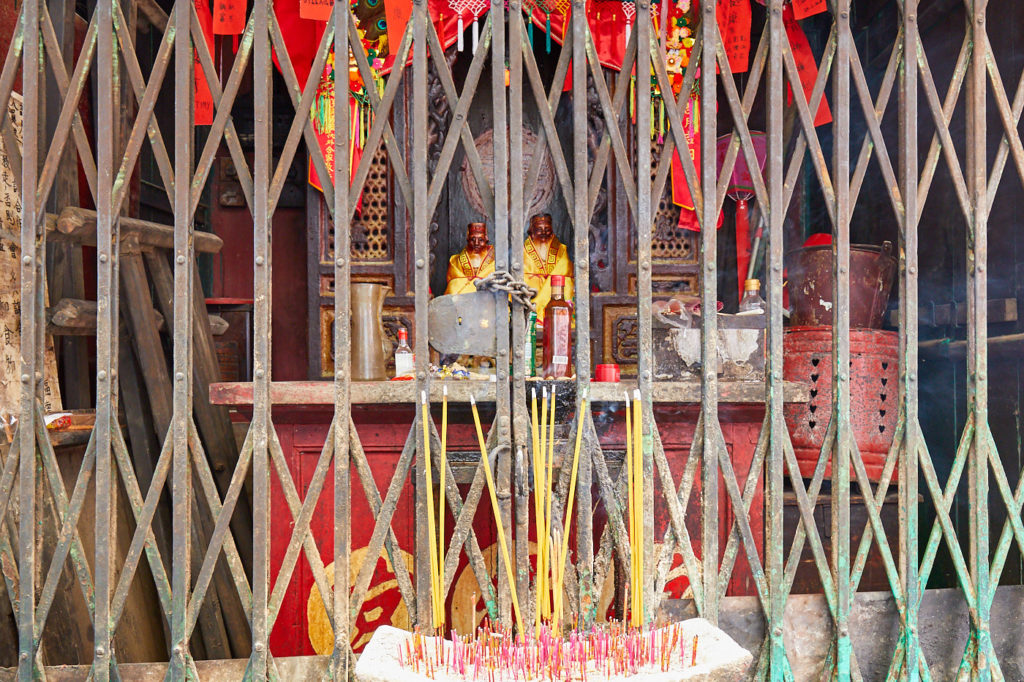
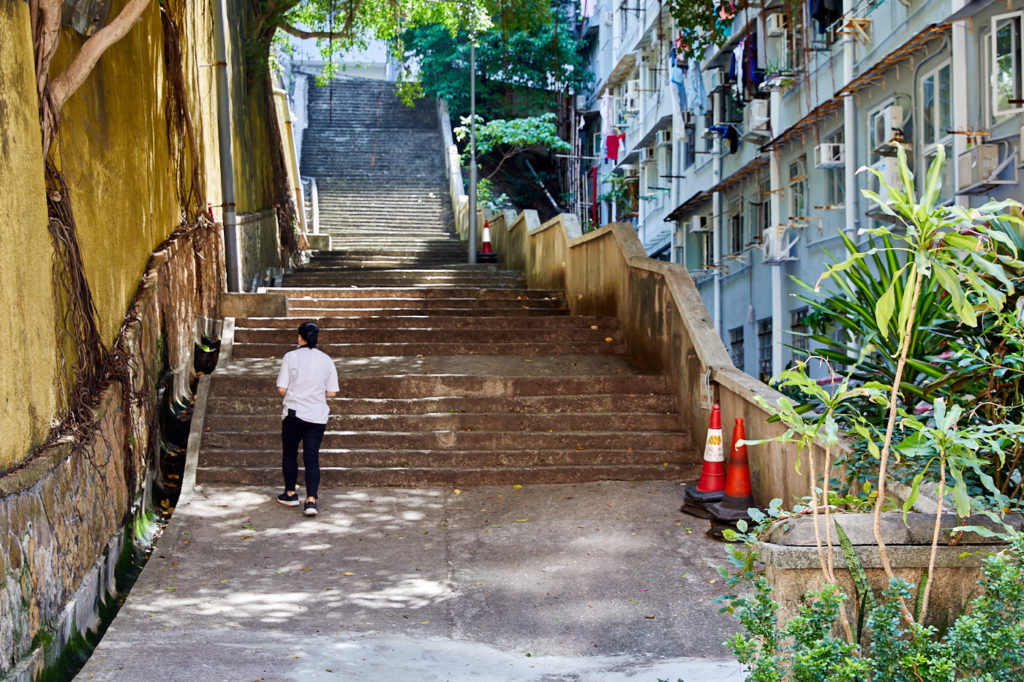
Follow Ladder Street to the top and you will arrive at the old Pathological Institute. Built in 1906 it was originally the Bacteriological Institute but was renamed after World II. The building was declared a monument in 1990 and converted into the Hong Kong Museum of Medical Sciences in 1995. The Museum consists of eleven exhibition galleries including a gallery for Tai Ping Shan.
Just before you ascend the last flight of steps to the museum you will see a small set of steps on your left. These lead to Wing Lee Street, a row of old houses that became famous as the location of the movie Echoes of the Rainbow which won the Crystal Bear for the Best Film in the Children’s Jury “Generation Kplus” category at the 2010 Berlin Film Festival. The Urban Renewal Authority had planned to redevelop the street but after public pressure, it was preserved instead.
Going down Ladder Street, on the other side of Hollywood Road finds Cat Street. This is a little lane famous for its antiques and curios shops. Its official name is Upper Lascar Row. Lascar was an English word used to describe sailors or militiamen from South Asia or the Middle East who worked on European ships. A number of them also joined the Hong Kong police force and formed a community in the area and gave the street its name.
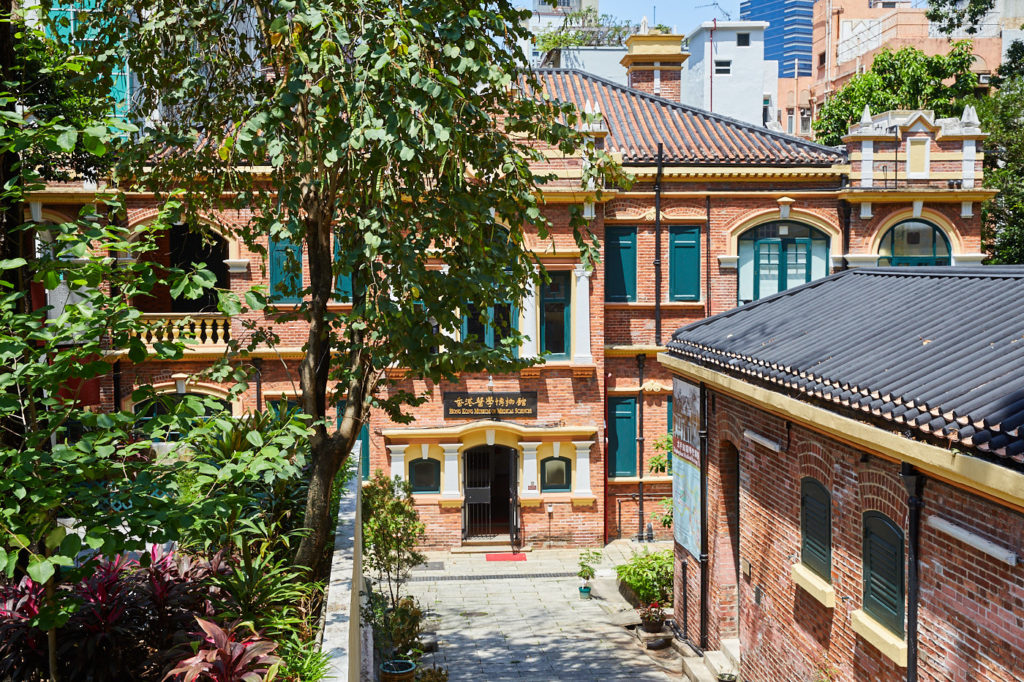
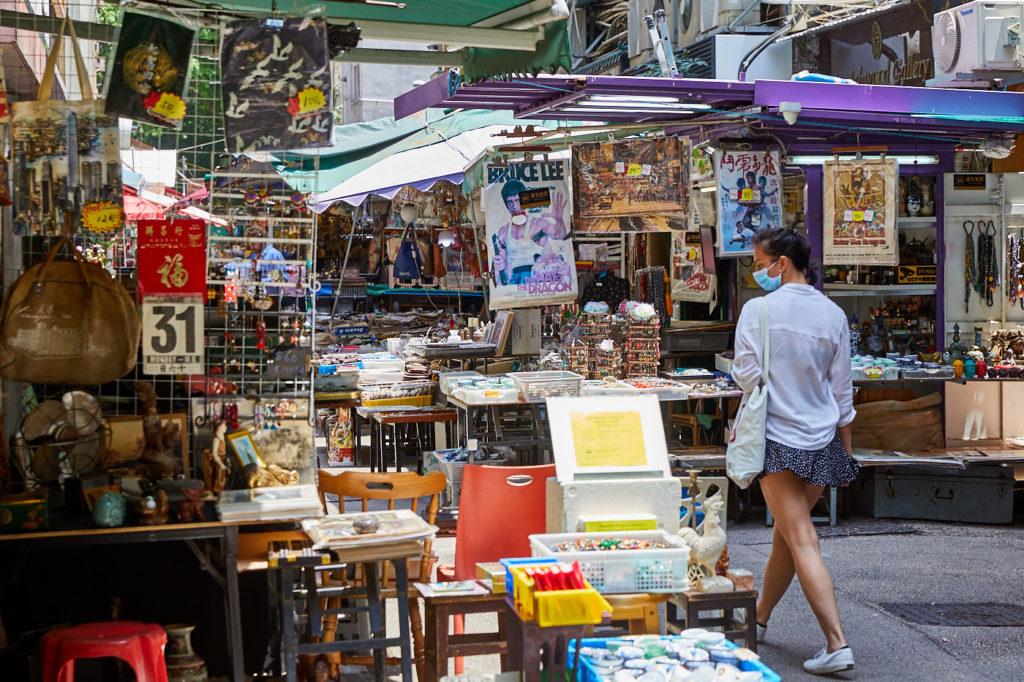
Hong Kong Museum of Medical Sciences (left). Cat Street (right).
Over the years the community dispersed and the local bazaar evolved into a second hand market where many of the goods on sale were believed to be stolen. Stolen items are called rat goods by the Cantonese and the people who buy them are called cats hence the popular name Cat Street Bazaar.
There are still some genuine second-hand stalls and shops but these days it is more a collection of curiosities and antiques with old photos and Bruce Lee film posters. The Central end of Hollywood Road has long been known for its antique shops. These have extended along the street and spread into the Tai Ping Shan end along with art galleries, trendy little bistros and coffee shops. And a nice little coffee shop is the perfect place to recharge after an afternoon’s exploring.

Exploring Hong Kong’s New Territories
The New Territories represents around 85% of Hong Kong’s total land area. It is an area of coastal wetlands and mountains boasting a history of more than a thousand years. There are many ancient monuments, well-maintained hiking trails and outlying islands with old fishing communities. Yet to most visitors, it remains largely unknown.
I spent the Covid years researching, writing and photographing it. Exploring Hong Kong’s New Territories is 332 pages with around 400 colour photographs plus maps and directions. More information here